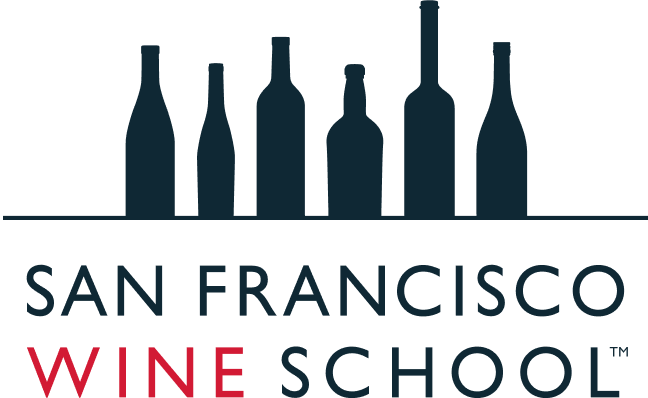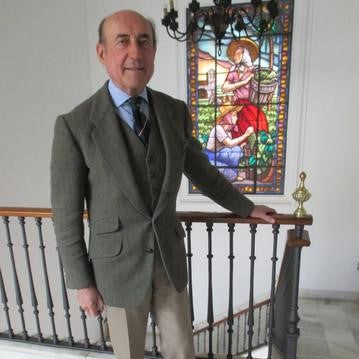
France encompasses an extraordinary range of terrain and weather patterns. In the north, grapes sometimes do not see enough sun and warmth to get perfectly ripe. In other years, all might be progressing well and then devastating hail tears through the vineyards, or torrential downpours arrive just before the harvest. Bordeaux has a moderating maritime climate. The prevailing dampness means that disease is a perennial threat, but one such infestation, Botrytis cinerea (noble rot), is a boon for the sweet-wine producers of Sauternes. Burgundy, inland to the north and east, is cooler. Its continental climate, with relatively high rainfall, places it at the northern limit (in the northern hemisphere) for making red wines. But consider those wines: at their best, they have a fragrance, complexity of flavor and silkiness of texture that leaves normally voluble critics speechless. The Loire Valley lies even farther north, but vines still thrive there as a result of the moderating influences of moist Atlantic breezes and the expansive river and its tributaries. In France’s most northerly wine region, Champagne, the grapes barely ripen each year, but that’s rarely a cause for concern—high-acid, relatively low-sugar grapes are perfect raw material for the finest sparkling wines. Climate is only one factor. Terroir, the complete package of soil and subsoil, aspect and altitude, climate and mesoclimate—and any other natural feature that might affect the vines, is what really counts. Soil types vary greatly. Burgundy and Jura have limestone, Beaujolais and the northern Rhône sit on granite, Champagne has chalk, the Médoc has gravel, and some of the vineyards in Châteauneuf-du-Pape are covered with huge, smooth stones for as far as the eye can see. France’s finest vineyards tend to be located on poor soils where little else will thrive.
To read the complete article, please visit http://winereview.planetgrape.com/france-and-the-wines-of-bordeaux/
https://sanfranciscowineschool.com/products/fws-01-bordeaux
Interested in the wines of the Bordeaux? Become a pro with our Wines of Bordeaux workshop!
Check out our full schedule of programs, workshops and public events. Private, customized experiences and corporate training is also available.
Photo Credit: Conseil Interprofessionnel du Vin de Bordeaux


